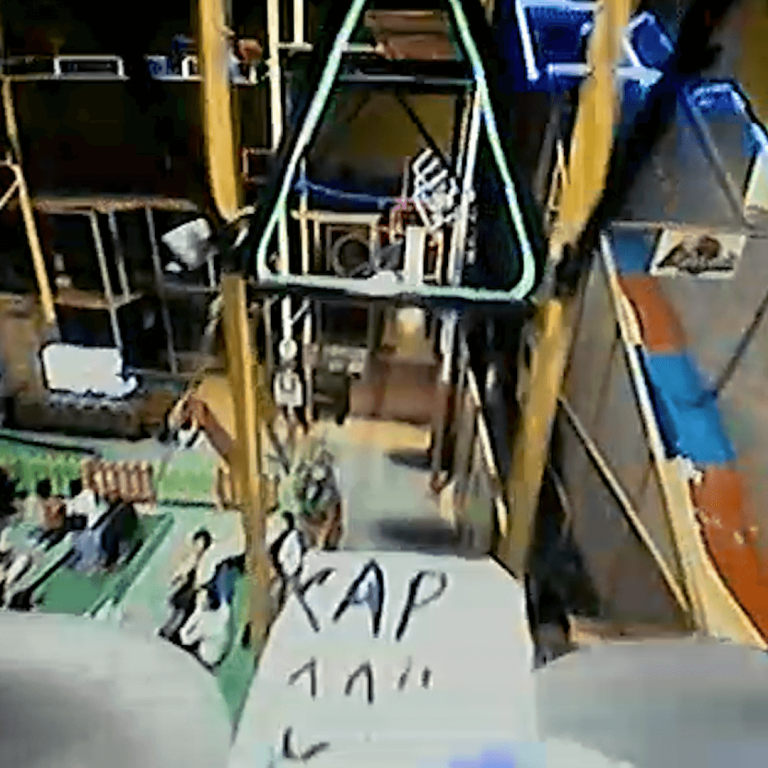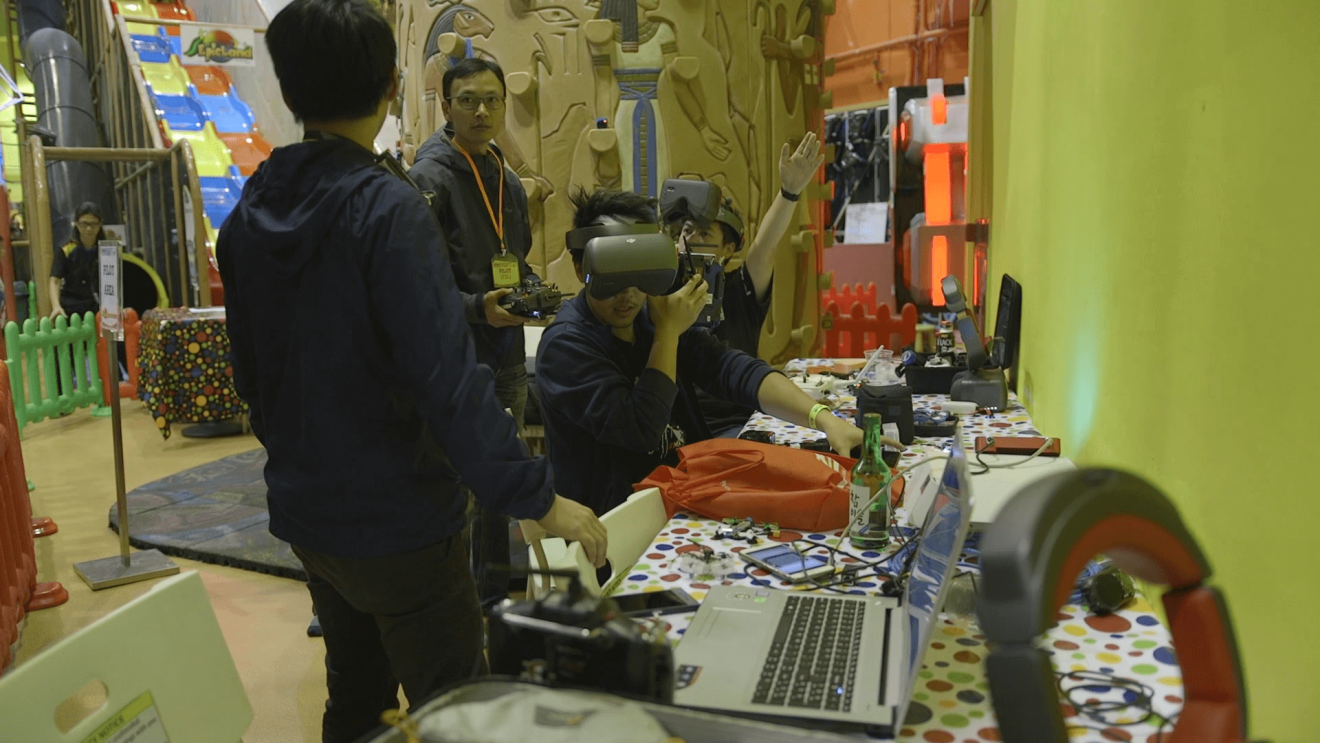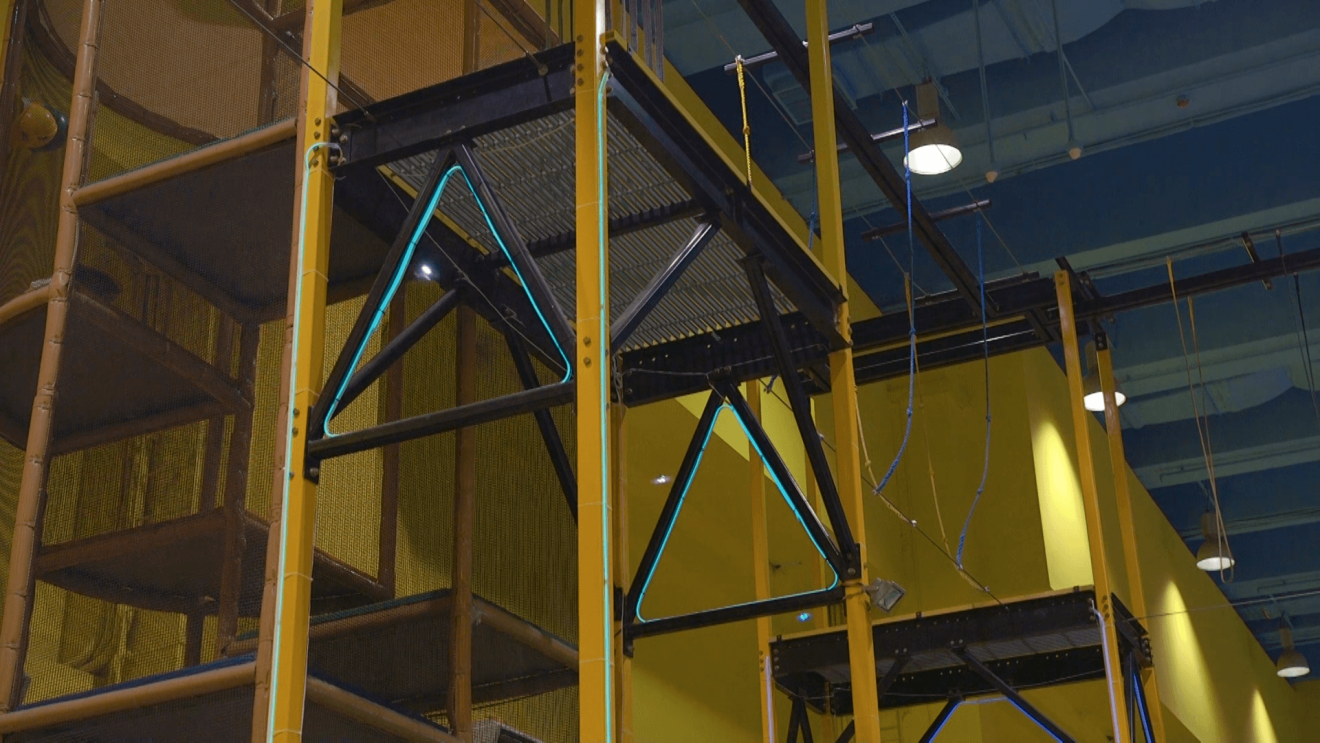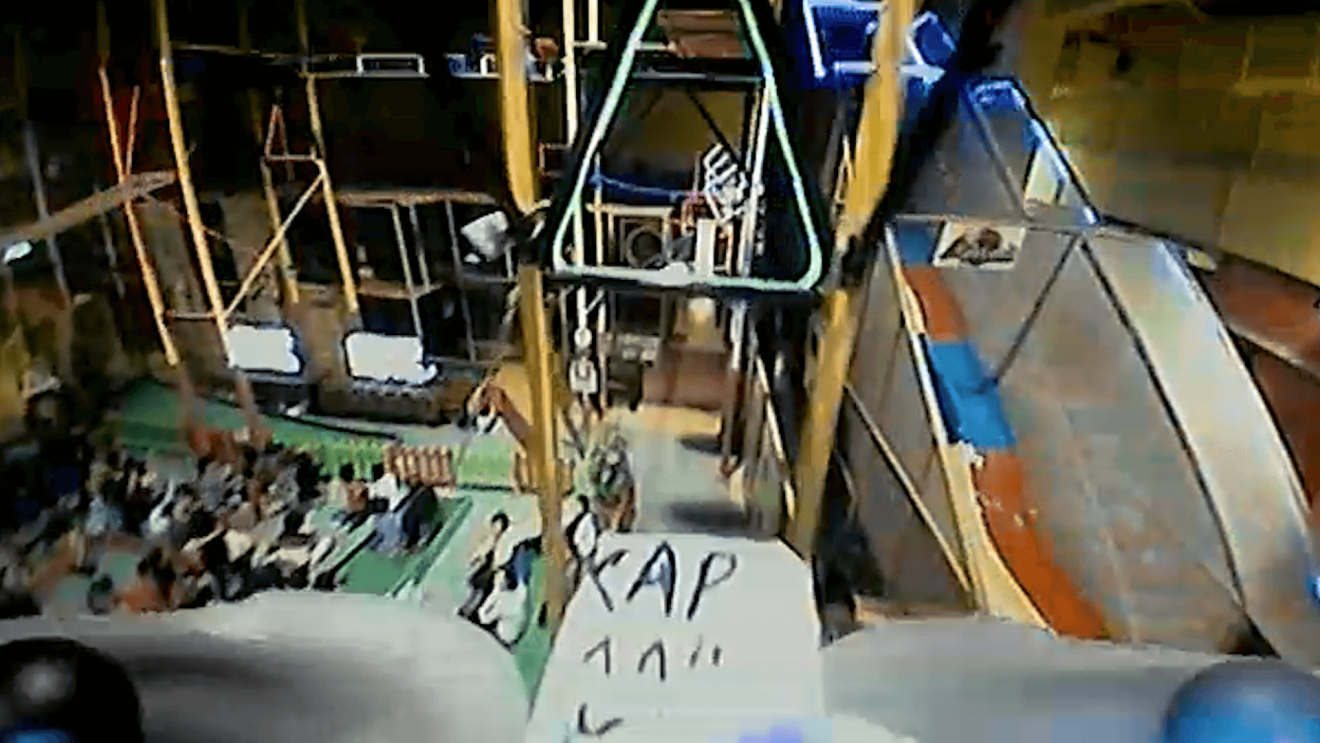
Hong Kong’s nano drone racers find space to fly in concrete jungle
Inside the city’s tight-knit community of racing enthusiasts
Roland Pang’s first encounter with drone racing was on YouTube. Intrigued by a video of fast-moving quadcopters zipping through the air at a race course in California, he instantly went to buy one for himself.
“When I first flew my drone using my goggles... I was just completely hooked,” he said.
That was five years ago. When I met Pang in Hong Kong on a humid Sunday in April, he was busy working through the last-minute logistics of an event he helped organize -- billed as the city’s first indoor drone race, taking place that afternoon.

As with esports, the emergence of drone racing goes hand in hand with improved technology.
Just as a speedy and affordable broadband network helped esports grow, the rise of smartphones brought down the price of small cameras and accelerometers (sensors that detect a device’s orientation) -- making it possible to build affordable drones for consumers.
The hobbyist club Hong Kong FPV Racers -- which Pang belongs to -- was founded in 2015. The race I went to took place in a children’s playground on an island about a 30 minute ferry ride from the city. Complete with a miniature golf course, giant slides, and mazes filled with foam balls, the space felt like a giant toy box -- and strangely befitting of a drone race.
After all, these drones do look like toys. When you think “drones” the image that comes to mind is likely one of DJI’s camera drones like the Phantom or Mavic. But racing drones are generally lighter, nimbler, and more colorful. They often don’t have a case, leaving parts exposed to save weight.

They also come in a range of sizes. This event featured nano drones that are no bigger than the size of your palm, often called Tiny Whoops after the brand that makes them. Each has four sets of plastic propellers secured by a plastic frame that is surprisingly durable. During dry runs, I saw drones crashing countless times -- but each time, a pilot would nonchalantly pick them up and continue flying.
I went on the second day of the two-day event. Four out of eight racers -- Qoey, YSL, Manny, and Kap -- survived the elimination round to compete in the day’s finals. The other four racers who didn’t make the cut stuck around to help out, fixing any drones that crashed.

The racers scattered hoops with LEDs lit up around the playground, forming the track. Racers have to fly through the hoops and complete ten laps around the track, before ending by swooping down a slide towards the finish line.
But here’s the tricky part: Since the drones are so tiny, their batteries run out in about three minutes -- only enough to get through about one-third of the race. To continue, the pilots have to make pit stops to swap out drained batteries.
Unlike racing remote control cars or boats, drone racers use these goggles to see a first-person view (FPV) from a small camera on the drone. It isn’t as sharp or clear as the view from a proper camera drone like the Phantom, but there’s very little delay in the feed -- vital when you’re travelling fast and need to react quickly.
Kap let me tried on his goggles, a sturdy headset from event sponsor DJI that he doesn’t regularly use, preferring a smaller one instead. He started circling his drone around me, as I watched myself in third person through the goggles. It felt a little surreal.
I asked how racers like him find places to practice in Hong Kong’s cramped concrete jungle.
“Outdoors sort of fall into a gray area -- you can’t really fly too high,” he said. “There are fewer safety concerns indoors, but it’s also difficult for us to locate anywhere that’s big enough to fly.”
The head of Hong Kong FPV Racers cleared out half of his office in Kwun Tong -- an industrial area full of old factories and warehouses -- to give members a space to pursue their hobbies. Other pilots say they simply practice at home or in local drone shops.
Back inside the playground, the audience -- mostly kids and their parents -- began crowding into the room. Two television screens were set up, each showing the view from all four drones through their onboard cameras.
The quadcopters were now neatly arranged on a table at the starting line. The racers settled on their assigned chairs; each gave a thumbs up to the announcer. With a quick countdown, the drones took off.
Excited kids turned their heads quickly as the drones whizzed above, pointing and beaming as the tiny spots of light whirled around the room.

Barely a minute into the race, Kap’s drone hit a pole and fell. But it bounced back almost immediately, just in time to see Manny’s drone crash in the same way. Manny’s partner rushed in to flip the upside-down quadcopter, and it quickly set off once again.
With the drones being so small, it wasn’t always easy to keep track of who was winning. But around seven minutes in, Kap’s drone made a dramatic U-turn towards the slide, the final segment of the race. He was the first to go through all ten laps, and he was moments from victory...
And then the drone just stopped.
Instead of following the slide down to the finish, Kap’s drone had landed on top of the slide. No one knew what was happening. Kap’s partner hurried towards the drone. He tried to restart it, but had to admit defeat when it soon became clear what was wrong: The batteries ran out.
Less than a minute later, YSL’s drone caught up -- sprinting past Kap’s drone and plunging down the slope to cross the finish line. Manny and Qoey’s drones followed, coming in second and third.
Yet Hong Kong’s drone enthusiasts say their biggest challenge is even more basic: Finding sponsorship for venues and equipment. Pang said buying and installing protective netting for a drone race, for instance, can cost around US$19,000 -- something their club can’t afford by itself.
Still, racers like Wayne Ho remain hopeful that recognition will grow, together with support. “It’s definitely getting bigger,” he said. “It’s getting bigger globally, it’s getting bigger everywhere.”
The best drone for newcomers: DJI Mavic Air review
For more insights into China tech, sign up for our tech newsletters, subscribe to our Inside China Tech podcast, and download the comprehensive 2019 China Internet Report. Also roam China Tech City, an award-winning interactive digital map at our sister site Abacus.
For more insights into China tech, sign up for our tech newsletters, subscribe to our Inside China Tech podcast, and download the comprehensive 2019 China Internet Report. Also roam China Tech City, an award-winning interactive digital map at our sister site Abacus.

